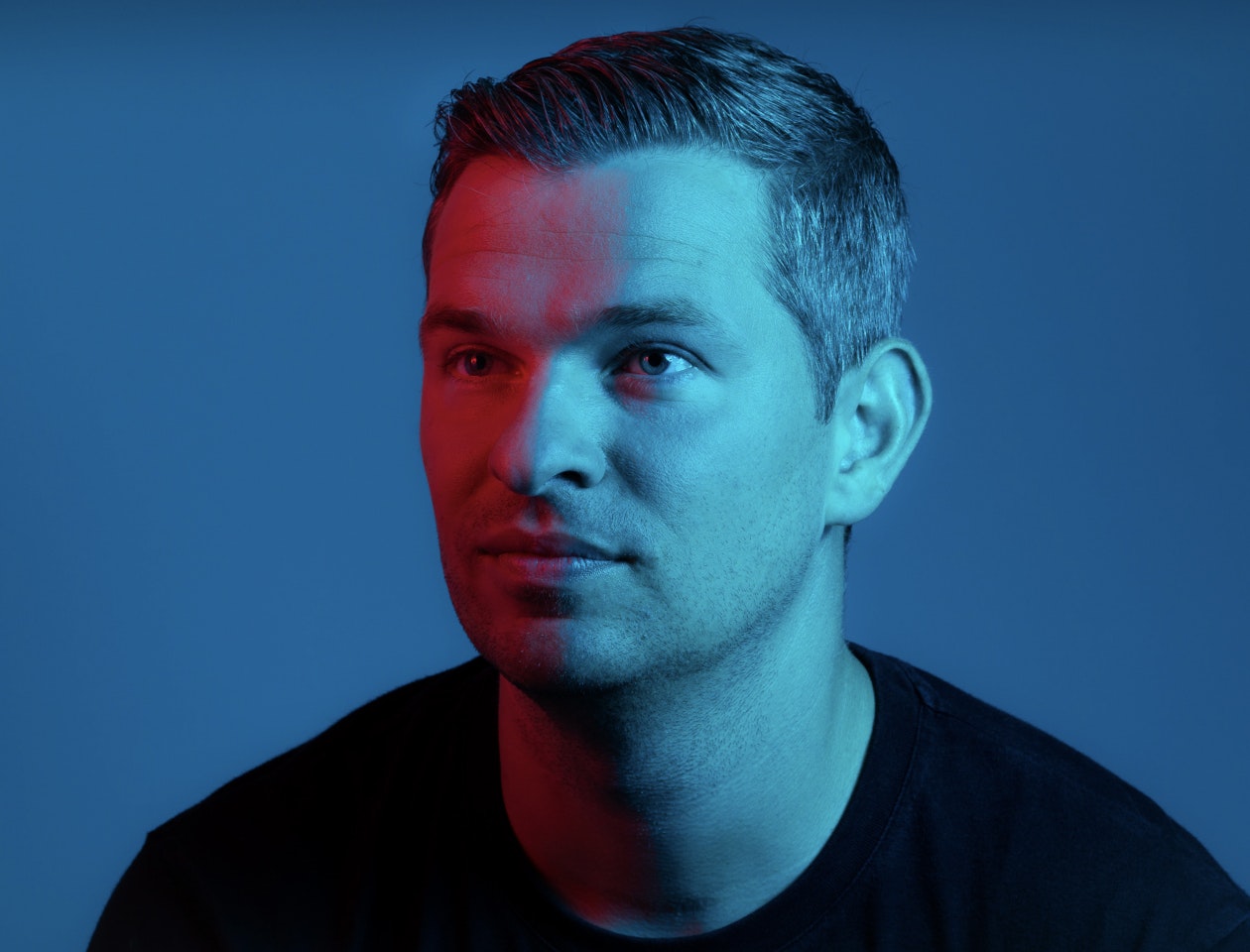When we talk about tech entrepreneurship, it’s normal to gravitate towards the high-profile, sexy world of venture-backed startups.
And yet bootstrapping — where the business is financed through its operations — is often a better business strategy. It affords founders more control over their destiny, and more reward for their efforts when they eventually decide to exit. Yet these businesses are often built up away from the public eye, so it's rare that other founders get to learn from their successes.
That’s why I thought it would be helpful to share insights from the work I’ve done with bootstrapped founders and teams working towards an exit.
So how should these founders think about and prepare for the exit process? How should they tell their story to prospective buyers and sell the exit to employees?
A huge thank you to Janosch Kühn, cofounder of Berlin-based Kolibri Games, who's kindly shared his exit story as part of this piece.
The reason: Why exit? Why now?
Bootstrapping requires a huge amount of heavy lifting for entrepreneurs to grow and sustain their businesses to the point where an exit becomes viable.
Unlike VC-backed entrepreneurs, who typically operate to a predefined seven to ten-year time horizon, the end of the bootstrapping journey is not always clearly signposted.
Through my coaching work, I’ve identified five main motivations for why bootstrapped founders may consider an exit:
- Growth partner needed. There are major growth opportunities that they can’t address without more resources or investment.
- Capitalising on inbound interest. People are banging down the doors to buy the company.
- Relationship breakdown. The cofounders no longer see eye to eye about the future of the business, and these differences are proving irreconcilable.
- Recognising their limits. They’ve taken the business as far as they can, and recognise that they don’t have the right skill set to move it to the next level.
- It’s time. Whether due to burnout, malaise, the desire to spend more time with their families or pursue other opportunities, they know that the time has come to move on.
But regardless of the motivation, eventually things boil things down to one the question: does an exit make sense right now?
Further down the line, founders will be tasked with telling the story of the exit to their teams, customers, partners and prospective buyers or investors. If they can’t convince themselves that it’s the right decision, they’ll struggle to bring these audiences onside.
The path: What are the exit routes?
Once a founder is committed to an exit, the next step is to evaluate the different options.
After a rollercoaster five-year journey, Kühn and his cofounders, Daniel Stammler and Oliver Löffler, exited Kolibri Games in 2020, having sold the studio to gaming giant Ubisoft for upwards of $100m.
When thinking about exit strategies, he explains, “It's always a trade-off between financial investors and strategic partners, so it’s important to be clear on your ultimate purpose. We needed strategic support, first and foremost, and Ubisoft was the perfect partner in that sense.”
Most bootstrapped exits take the form of a trade sale/acquisition, either by a strategic acquirer — as was the case with Kolibri Games — or a private investor, such as a private equity fund. Bootstrapped companies can list publicly, but — as with any venture — the likelihood is slim. As Kühn notes, in most cases, an exit will involve striking the right balance of strategic and financial support.
The timeframe for completing this transaction will vary greatly depending on the appetite of acquirers. We often hear the boilerplate estimate that venture rounds take about six months; for the founders I’ve worked with, the exit process has taken closer to 12-18 months. A longer timeframe is not necessarily a bad thing. It gives the founder a chance to strategically manage the exit and prepare everyone for the disruption that will likely follow.
The agreement: How can we create cofounder alignment and a shared commitment to the exit?
All entrepreneurs have different reasons for considering an exit, and in the case of cofounded businesses, these reasons won’t always align.
In my experience, the best way of achieving alignment is for cofounders to walk through different exit scenarios and explore all possibilities. For example, is the strategy to sell, or could outside investment represent an alternative way forward? Might it be possible for one founder to be bought out by the remaining partners? Founders must be aligned before making any further decisions.
One company I worked with had three founders: two were in the business for longer than the other and had more personal investment at stake. They were ready to take some of their chips of the table and spend more time with their young families. The other founder joined the group slightly later and was in a different phase of her life. She definitely wanted to stick around and see where the success story could go.
Kolibri Games’ Kühn explains: “Although we were pushed by our friends and families, my cofounders and I never disagreed on the timeframe for exit. Our goal was always to reach a level where an exit would both be worthwhile for us and would make strategic sense for the company. With this alignment, we were all able to pull together on the journey.”
The story: How do we shape the narrative around the exit?
A significant part of preparing for an exit is getting the story right. Founders need to be able to talk about why it’s time to sell, and shape this story both to teams and potential buyers. If you’re crossing a river, you need to be able to show people what the bank on the other side looks like and convince them that it’s worth the effort to get there.
Remember that an exit can result in job losses or roles being replaced, so internal communications are just as important as external. It creates great uncertainty, and founders shouldn’t tiptoe around this reality — but nor should they go too far and wide, too early, with their communications. In the case of one company I worked with, they built their entire internal comms strategy around listening to the team’s concerns, just to make sure everyone felt heard.
Of course, sometimes the person who needs the most convincing is the founder themselves. They’re emotionally invested in their businesses, and while they know it’s the right time to exit, letting go is not easy.
I always ask founders, if they looked upon the business as an outsider in five or ten years, what would they want to see? Some respond in terms of revenues or profit. Others talk about maintaining the company’s culture at scale, improving product quality by tapping into the acquirer’s R&D capabilities, or boosting customer satisfaction by giving them access to a broader ecosystem.
Only once the vision is clear can founders determine what a successful transition looks like — in terms of customers, employees, products, and financially — and start crafting the story around the exit.
The dilemma: Optimising for profitability or growth?
A compelling exit narrative needs to be supported by the facts about company performance. This is the ideal time for founders to focus on business optimisation, but it’s important that they stay true to their playbook as they put their exit strategy into action.
Bootstrapped businesses have been optimised for profitability from the outset, and while it may be tempting to pivot towards a strategy of all-out growth in a bid to maximise interest in the company, this approach can backfire if it runs counter to organisational culture and DNA.
Kühn says: “Having been rejected many times by investors, we worked with a profitability mindset throughout our journey. We were very tentative about spending money — even on things like marketing — until we were confident about the kind of return we could expect. So while we ramped up our marketing efforts as we pursued an exit, we continued to optimise towards profitability, for example, requiring ROI [return on investment] within three months for any marketing investments.”
The uncertainty: Who am I once I no longer run my company?
Having completed the transaction with Ubisoft, Kühn and his cofounders committed to stay on for 18 months to help the organisation adapt to its new environment. “We were still involved in the company, and we invested a lot of time in the development of new games to bring it to the next level,” he says. “It felt good to continue contributing our ideas and to accompany the great developments in the company.”
What Kühn describes isn’t easy. For many founders, it can be a struggle to adapt to a world where they’re no longer at the helm. Some continue to call the shots from the sidelines, creating confusion for their old teams. Others feel trapped and powerless, regretting their commitment to stick around.
The lesson here is two-fold. Firstly, founders should think carefully about the length of their post-exit stint. Remember, most acquirers want to retain the founders’ knowledge and insights for several years in either an executive or non-executive capacity. Disappearing too quickly could leave the new leadership team exposed. However, a lengthy tenure in an executive position could become a prison sentence, preventing the founder from getting on with their lives.
Secondly, founders need to determine what life after exit looks like. Many bootstrapped entrepreneurs cannot distinguish themselves from their business and genuinely have no idea what they’ll do with themselves post-exit.
Thinking of an exit? Seek out a bootstrapped founder
A lot of this recent work with bootstrapped founders has reminded me of “working from first principles”: outside of the spotlight, they're neither taking anything for granted nor are they pretending to know anything. It's worthwhile for founders with or without VC backing to connect with their bootstrapped peers to understand their perspective on exits.
Julius Bachmann is an executive coach based in Berlin focused on working with entrepreneurs. He is also cofounder of JRNY.


